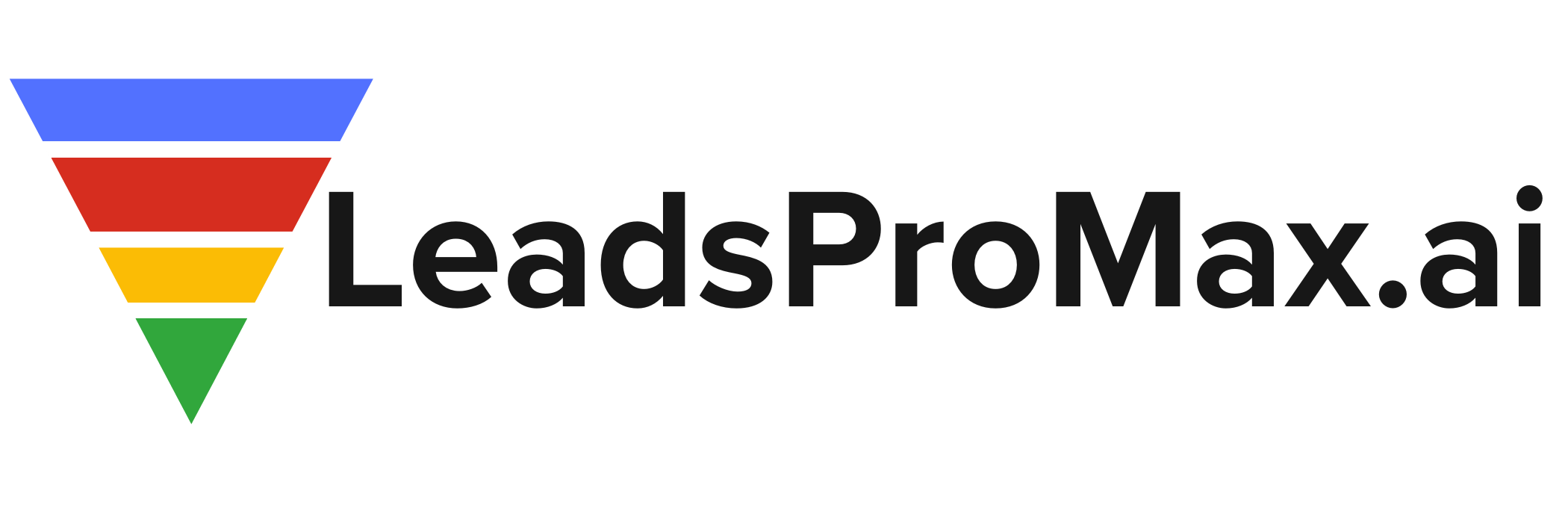The Future of Education: How Big Data Analytics is Transforming the Industry
The field of education is undergoing a significant transformation, driven by the rapid advancements in technology and the increasing availability of data. One of the most promising areas of innovation in education is the use of big data analytics, which has the potential to revolutionize the way we teach and learn. In this blog post, we’ll explore the growth of the big data analytics market in education and its implications for the industry.
The Growth of Big Data Analytics in Education
According to recent reports, the big data analytics market in education is expected to experience tremendous growth in the coming years. The market size, which was valued at $13.58 billion in 2020, is projected to reach an impressive $57.14 billion by 2030, with a compound annual growth rate (CAGR) of 15.3% during the forecast period [1][2][4].
Several factors are contributing to this remarkable growth, including the increasing penetration of internet and mobile devices, the need for improved administrative services, and the growing recognition of the benefits of big data in enhancing educational outcomes [1][2]. However, it’s important to note that high initial investment costs are expected to be a barrier to market growth [1][2].
Segment Highlights
Within the big data analytics market in education, the services segment is expected to register the highest CAGR of 17.9% from 2021 to 2030 [3]. This indicates a growing demand for professional services related to the implementation and management of big data analytics solutions in educational institutions.
The market also includes both on-premise and cloud-based deployment models, with cloud-based technology seeing significant demand [1]. The scalability, flexibility, and cost-effectiveness of cloud-based solutions make them an attractive option for educational institutions looking to leverage big data analytics.
Market Trends
One of the key trends driving the growth of the big data analytics market in education is the implementation of learning analytics [2]. Learning analytics involves the collection, analysis, and interpretation of data about learners and their contexts to understand and optimize learning experiences. By leveraging learning analytics, educational institutions can gain valuable insights into student performance, engagement, and learning patterns, enabling them to make data-driven decisions and personalize instruction.
Another significant trend is the rise in digital transformation across educational institutions [1]. As more schools and universities embrace digital technologies and online learning platforms, the adoption of big data analytics becomes increasingly crucial. Big data analytics can help institutions streamline operations, improve resource allocation, and enhance the overall quality of education.
Implications for the Industry
The growth of the big data analytics market in education has far-reaching implications for the industry. As educational institutions increasingly adopt data-driven approaches, we can expect to see significant improvements in educational outcomes and efficiency.
By leveraging big data analytics, educators can gain a deeper understanding of student needs, preferences, and learning styles. This knowledge can be used to personalize learning experiences, adapt teaching strategies, and provide targeted support to students who may be struggling. Additionally, big data analytics can help identify patterns and trends in student performance, enabling early intervention and support for at-risk students.
At an institutional level, big data analytics can provide valuable insights into resource allocation, staffing, and program effectiveness. By analyzing data on student enrollment, retention, and success rates, institutions can make informed decisions about curriculum development, faculty hiring, and resource distribution. This data-driven approach can lead to increased efficiency, cost savings, and improved overall performance.
Conclusion
The big data analytics market in education is poised for significant growth in the coming years, driven by the increasing adoption of digital technologies and the recognition of the benefits of data-driven decision-making. As educational institutions embrace big data analytics, we can expect to see transformative changes in the way we teach and learn.
To stay ahead of the curve, educational institutions must invest in the necessary infrastructure, talent, and expertise to leverage big data analytics effectively. By doing so, they can unlock the full potential of data-driven education and provide students with the best possible learning experiences.
As industry professionals, it’s crucial to stay informed about the latest trends and developments in big data analytics in education. By understanding the market dynamics, key drivers, and potential challenges, we can position ourselves to capitalize on the opportunities presented by this rapidly growing market.
We encourage you to share your thoughts, experiences, and insights on the topic of big data analytics in education. How do you see this technology shaping the future of education? What challenges and opportunities do you foresee? Let’s engage in a meaningful discussion and explore the possibilities together.
#BigDataAnalytics #EducationTechnology #DataDrivenEducation
-> Original article and inspiration provided by ReviewAgent.ai
-> Connect with one of our AI Strategists today at ReviewAgent.ai

